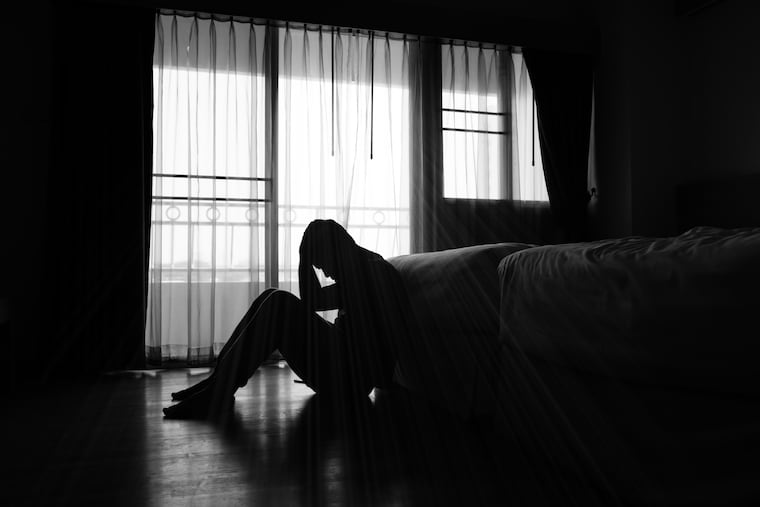Shatter the myths about suicide and kids of color | Expert Opinion
Doctors from the American Psychiatric Association say that medical professionals and researchers must rededicate themselves to ensuring that young people of color receive mental health services.

It’s time to shatter the pernicious myth that suicide is not a concern among youth of color. Though historically more prevalent among white Americans, recent figures show an alarming rise in suicides among Black youth and other youth of color in the United States. A new study published online on Sept. 8 in the Journal of the American Academy of Child and Adolescent Psychiatry finds the suicide rate among Black girls increased by 6.6% each year between 2003 and 2017, more than twice the rate among Black boys. The suicide rate among American Indian/Alaska Native youth was more than three times that of white youth in 2019.
In 2019, one in five U.S. adolescents aged 12 to 17 had either a substance use disorder or major depression. Conditions such as these can affect a person’s thinking, feeling, mood, or behavior. Any mental illness or substance use disorder can alter a person’s health, and can sometimes lead to suicide.
Suicide is the second-leading cause of death among youth aged 10 to 19, according to the CDC. Data from the CDC’s 2019 Youth Risk Behavior Surveillance System show that nearly one in five high schoolers has seriously considered suicide in the last year. Ultimately, almost 10% of youth within this age range attempted suicide in 2019, including almost 12% of African American youth. In Pennsylvania, the suicide rate among adolescents 10 to 19 years old grew by 63% between 2007 and 2009 and 2017 and 2019.
While the passage of the 2008 Mental Health Parity and Addiction Equity Act and the Affordable Care Act have helped increase access to mental health care, research shows that disparities persist among racial and ethnic groups.
» READ MORE: We’ve offered free therapy to black men. The response has been overwhelming. | Opinion
In 2019, among youth ages 12 to 17 with depression, less than half saw a health professional or used prescription medication. Those rates are even lower in Black and Hispanic adolescents, who are less likely than whites to receive mental health services, and more likely to stop treatment too early.
Health-care professionals and mental health advocates are now looking more closely at other factors that can influence suicide risk. For centuries, America’s marginalized communities have endured disparities in the form of pay, education, housing, racial, and gender inequality, and we are now learning more about how these social factors have a sizable influence over health outcomes. Maria Oquendo, professor and chairman of psychiatry at the Perelman School of Medicine at the University of Pennsylvania, has a long-standing history of working in the area of suicide prevention, and is tackling this challenge head on. Oquendo and her colleague Gregory Brown have recently been awarded a $14 million grant from the National Institutes of Health to develop the Penn Innovation in Suicide Prevention Implementation Research (INSPIRE) Center. “Not only will we develop and adapt research-based suicide prevention interventions for underserved groups, but we’ll focus on testing ways to optimize how these evidence-based practices can be brought to scale efficiently,” Oquendo said in a news release.
» READ MORE: As a Black woman with mental illness, I fear dying by the police | Opinion
While the data aren’t complete, what we do know shows we are in a crisis. Now is the time to rededicate ourselves to ending the stigma, shattering the myths, and ensuring that our young people of color receive the mental health services they need. Let’s take a moment to challenge health-care professionals, researchers, and legislators to find new and more effective ways to save the lives of the most vulnerable, our children. We need swift and immediate action – it’s time for us to all do better.
Saul Levin, M.D., M.P.A., is CEO and medical director of the American Psychiatric Association. Regina James, M.D., is chief of the division of diversity and health equity and deputy medical director of the American Psychiatric Association.
If you or someone you know is thinking of suicide, call the National Suicide Prevention Lifeline at 1-800-273-8255 or text TALK to the Crisis Text Line at 741741.